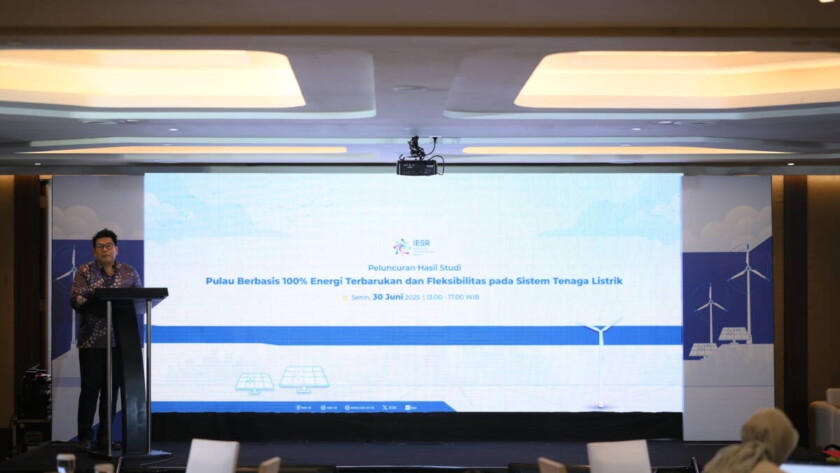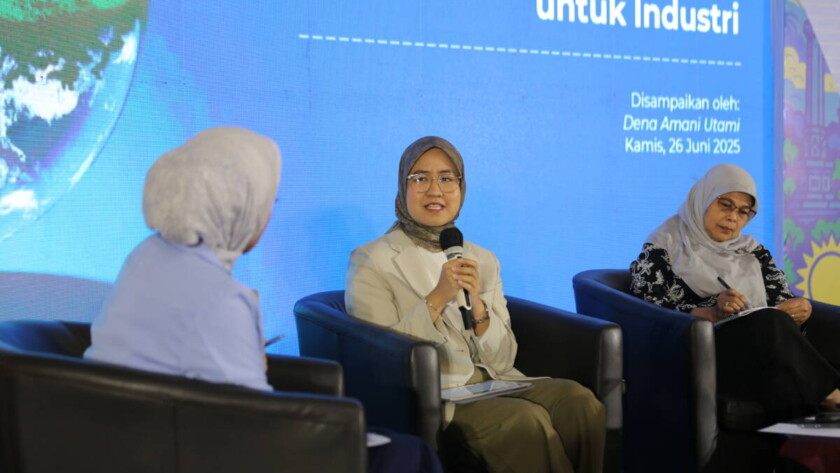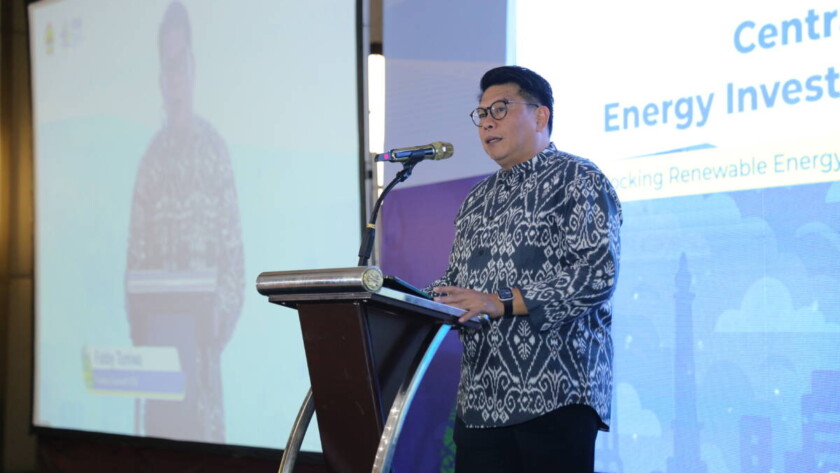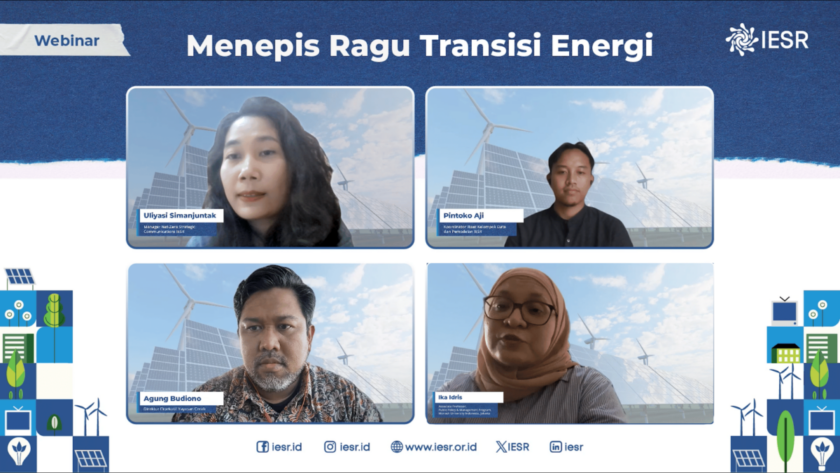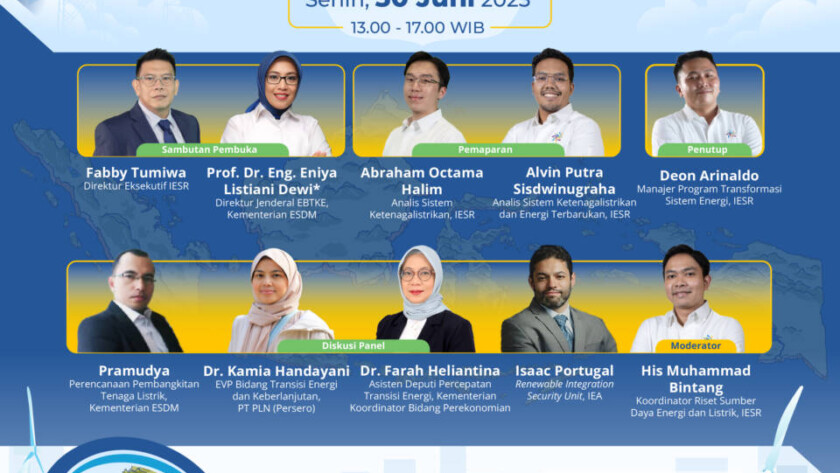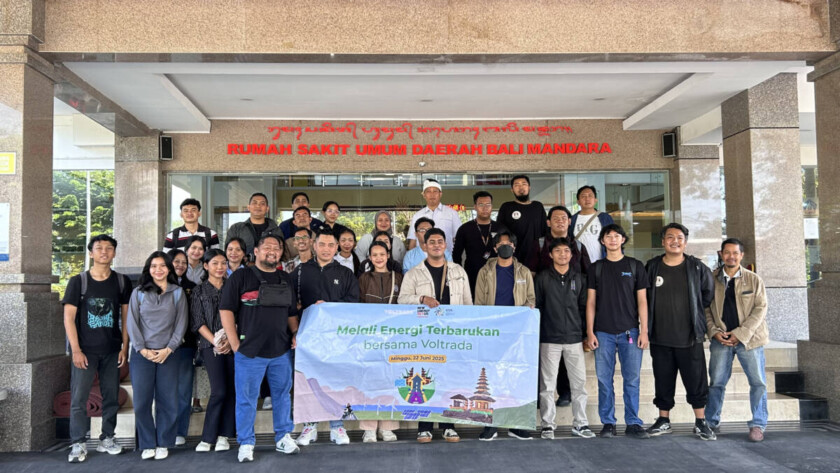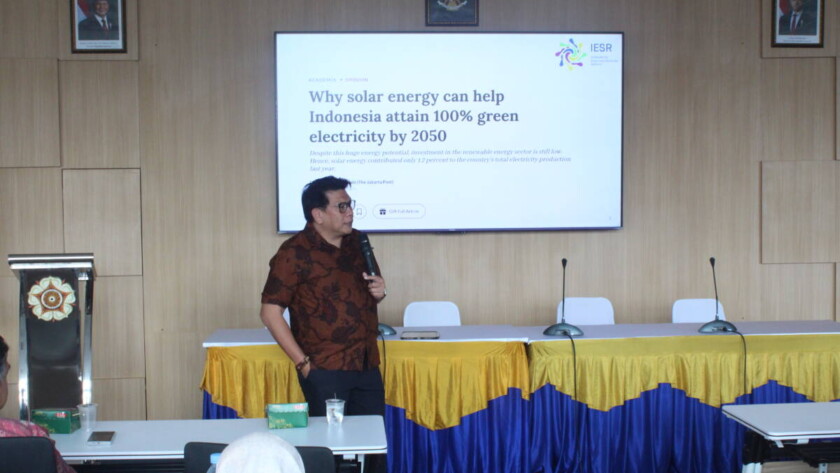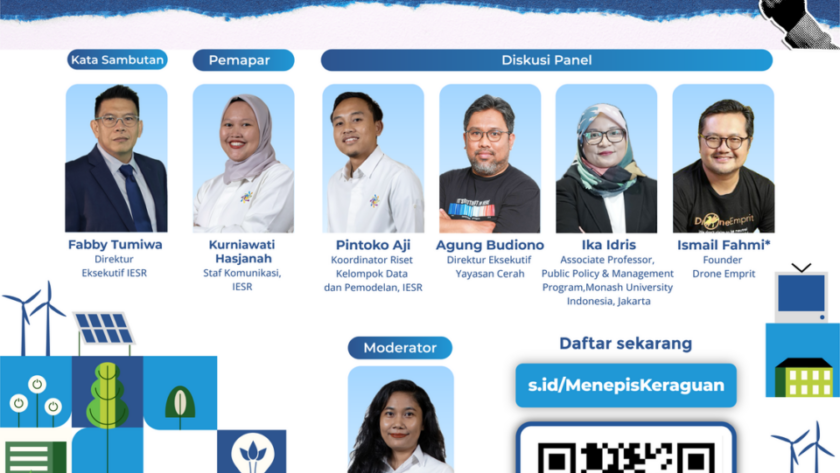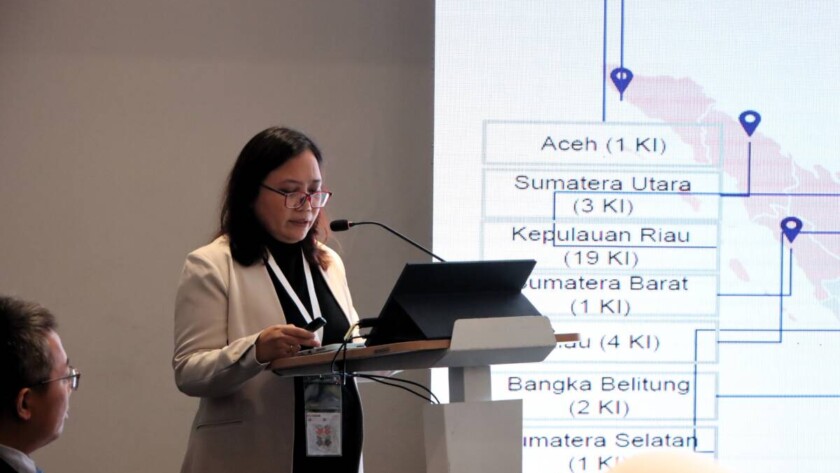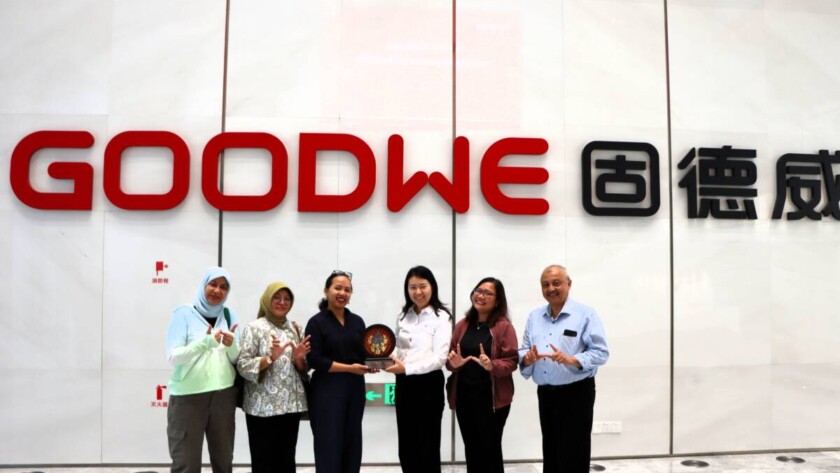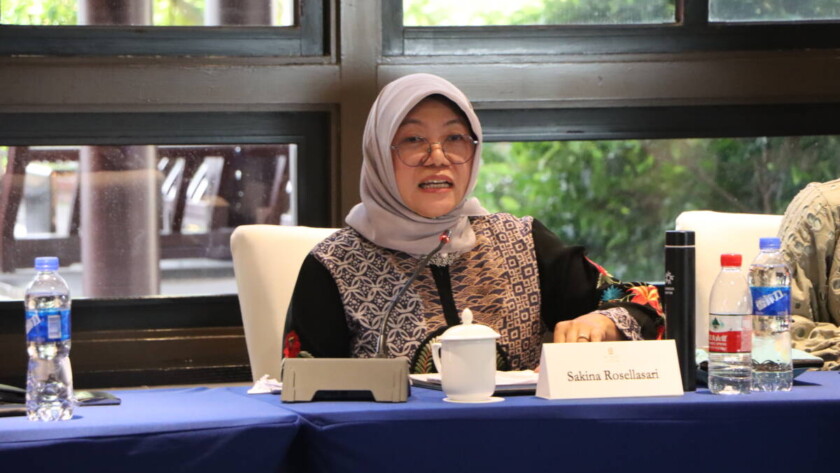Jakarta, June 30, 2025 - As the world's largest archipelago, Indonesia has an advantage in accelerating the energy transition. The Institute for Essential Services Reform (IESR) believes that the development of independent distributed energy systems on each island can strengthen energy security and support the achievement of the national net zero emission (NZE) target of…
